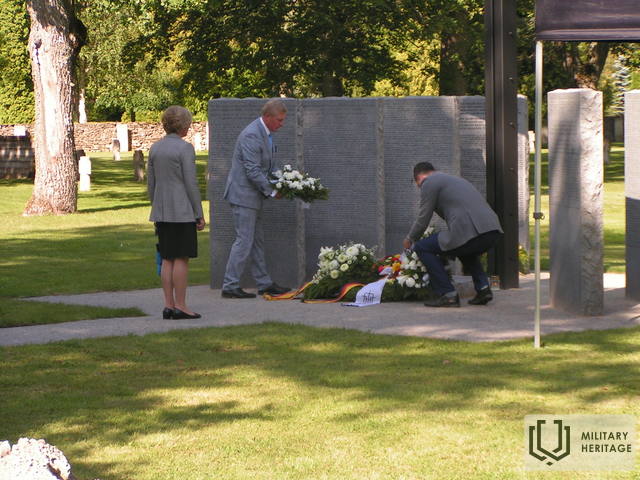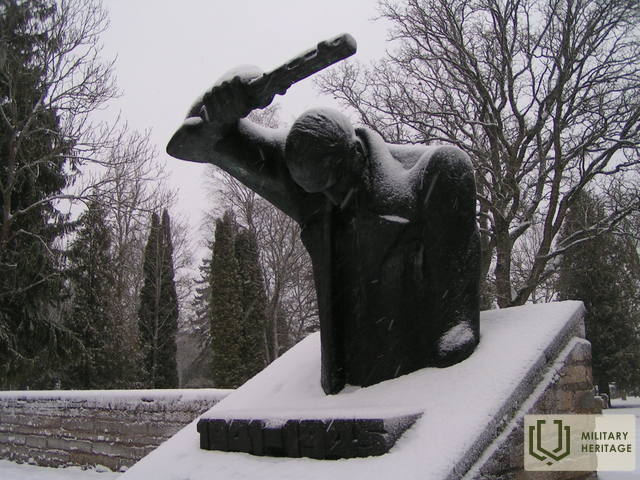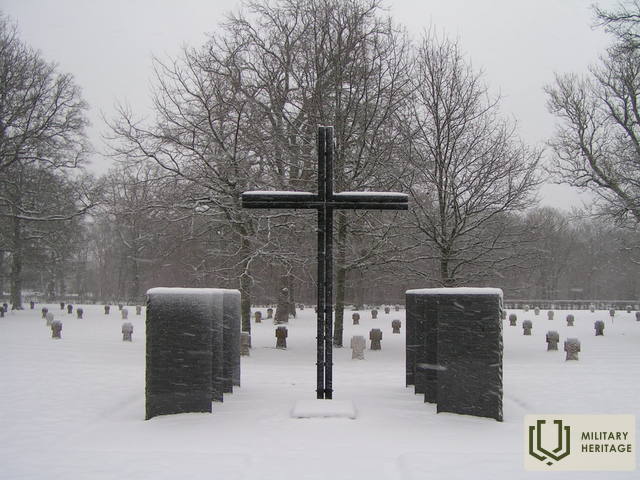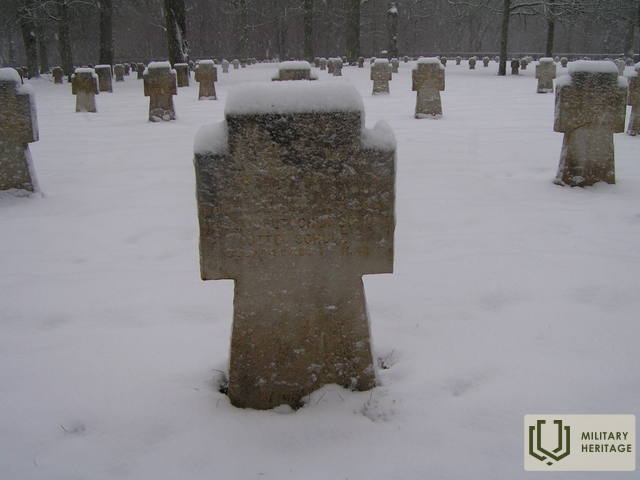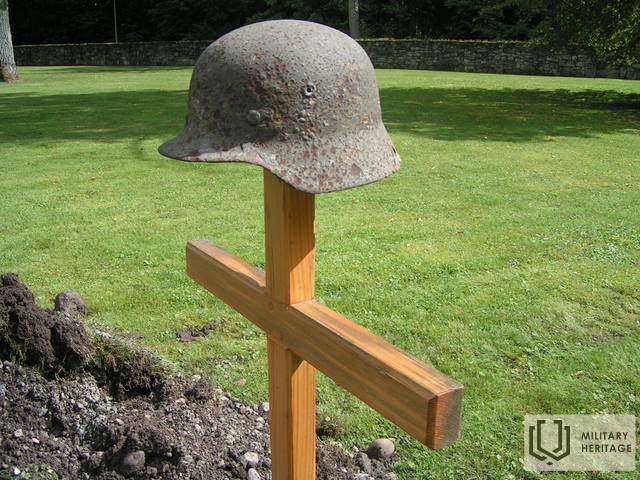Kudjapės kapinės Memorialinė vieta

Šios karinės kapinės yra miesto pakraštyje, šiaurės rytų Kuresarėje.
Tai yra senųjų miesto kapinių dalis, kur pirmieji palaidojimai datuojami 1780 m.
1942 m. vakarinėje kapinių pusėje buvo atidarytos atskiros vokiečių didvyrių kapinės. Antkapiai ten buvo sunaikinti 1944 m. rudenį. Kai kurie kapai buvo panaudoti netoli Kuresarės žuvusiems Raudonosios armijos kariams.
Šis paprotys išliko, nes kapinės tapo daugelio sovietų kareivių, mirusių dėl natūralių priežasčių arba atlikdami savo pareigas po karo, paskutiniu poilsio vieta. Jose buvo laidojami ir paprasti civiliai gyventojai.
Pavyzdžiui, šiose kapinėse palaidotas valstybės saugumo agentas Sirelis ir trys pasieniečiai, 1946 m. kovo 3 d. šturmavę „Miško brolių“ bunkerį Eiklos pelkėje.
1986 m. sovietinė kapinių dalis buvo renovuota. Dolomito antkapiai supa bronzinę kovotojo pusfigūrę nuleidusia galva, virš galvos laikančią automatą. Ją sukūrė Antsas Mölderis, kad papildytų Hanso Kõllo projektus. Kapinėse palaidoti 155 žuvę kareiviai.
1996 m. Vokietijos karo kapų komisija atkūrė vokiečių karių kapines. Jose iš viso buvo palaidota apie 700 vokiečių karių. Saremos saloje rasti vokiečių karių palaikai ten perlaidojami iki šiol. Paskutinė tokia ceremonija įvyko 2019 m. rugpjūčio 15 d., jos metu paskutinėje poilsio vietoje buvo palaidoti 33 kareiviai, du iš jų – iš Pirmojo pasaulinio karo laikų. 2021 m. sausio 14 d. duomenimis, Kudjapėje palaidoti 1285 vokiečių kareiviai.
Ant tiesių dolomito lentelių eilių paprastai iškalti du vardai. Dažnai ant jų tiesiog užrašyta „Nežinomas vokiečių kareivis“. Atminimo aikštelės viduryje stovi geležinis kryžius ir akmeniniai stulpai su tų, kurių palaikai dar nerasti, vardais. Manoma, kad apie tūkstantį kareivių vis dar dingę. Vokiečių kareivių, kurių kapai tebėra sovietinėje kapinių pusėje, vardai išvardyti akmeninėse lentelėse ant kapinių sienos.




